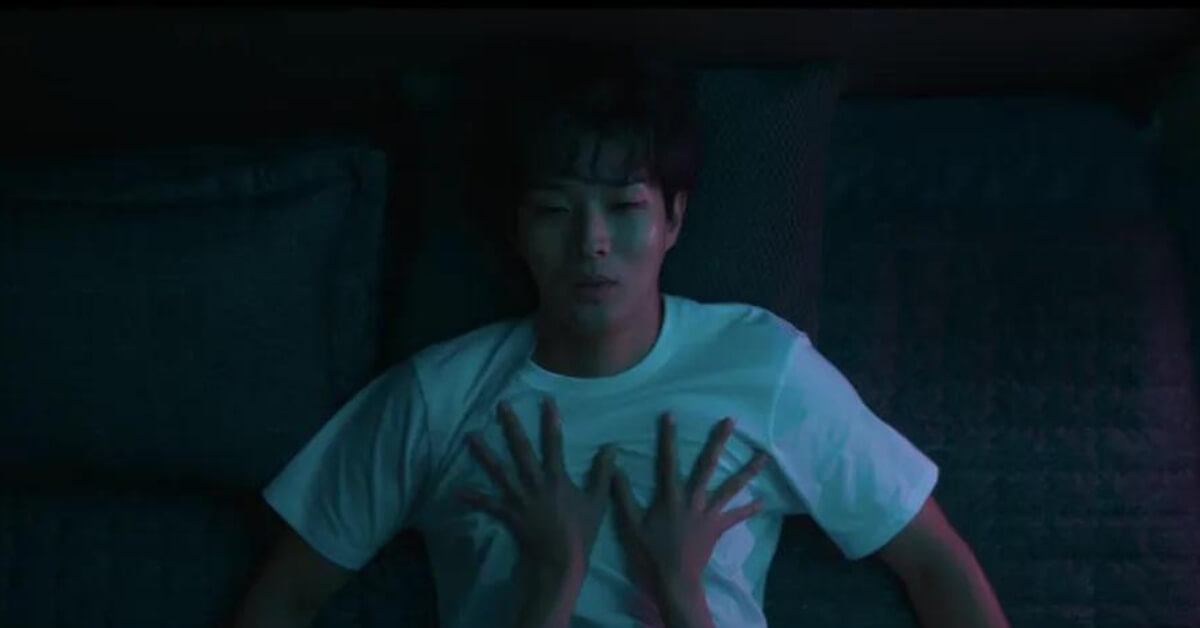Let’s settle this once and for all– do you really see art in explicit scenes or nudity? I agree to some level that artistic liberty is to show being human in all its rawness. But does it always serve a purpose in the storyline?
Where the line between bold artistic expression and gratuitous content often blurs, Netflix’s latest offering, “A Killer Paradox,” finds itself at the heart of a simmering controversy.
The series, which premiered to significant fanfare and intrigue, promised a thrilling journey into the psyche of an average man turned accidental killer, underscored by a detective’s relentless pursuit.
Yet, as viewers delved deeper into the narrative, lauded for its innovative direction and compelling performances, a shadow was cast by the inclusion of explicit scenes, sparking a debate that transcends the show itself.
At the core of the controversy are scenes of sexual nature and nudity, criticized for their perceived lack of necessity within the storyline. Notably, a scene depicting the protagonist, Lee Tang, in a compromising position not only raised eyebrows for its explicitness but also for its portrayal of sensitive subjects, such as victimization through illegal filming.
As the discourse unfolds, the creative decisions behind these contentious scenes have led to a broader conversation about the balance between realism and sensitivity, challenging viewers and creators alike to reflect on the implications of such depictions.
Explicit scenes in “A Killer Paradox” have sparked debate, with critics questioning their necessity and impact on the narrative’s authenticity. The series has subverted the usual K-Drama aesthetic by showing full nudity and explicit scenes, splitting the audience into divergent opinions.
The Fine Line Between Storytelling and Sensationalism
In defense of the explicit content, Director Lee Chang Hee articulated his intent to explore the nuanced morality of the character Lee Tang, arguing that the scenes in question were aimed at delving deeper into the protagonist’s psyche.
“The love scene aims to delve into the morality of the character Lee Tang,” Lee Chang Hee explained, highlighting his commitment to enhancing the story’s realism, even at the risk of controversy.
This rationale, however, has not quelled the unease felt by a segment of the audience, who argue that such scenes may detract from the authenticity of the narrative and potentially exploit sensitive topics.
The criticism is multifaceted, with particular disdain directed towards the portrayal of a victim of illegal filming, a narrative choice seen by some as exploitative rather than exploratory.
Despite the director’s attempts at justification, the lingering question remains: does the inclusion of explicit content serve the story, or does it overshadow the narrative’s core themes?
As “A Killer Paradox” navigates the choppy waters of public opinion, its initial success—evidenced by over 3.1 million views within days of release and a spot in the Netflix Global Top 10 Non-English TV category—speaks to the series’ ability to captivate.
Yet, the discourse surrounding its explicit scenes serves as a reminder of the delicate balance required in storytelling, especially when sensitive subjects are at play.
In exploring the boundaries of artistic freedom, “A Killer Paradox” inadvertently ignites a conversation about the responsibilities of creators in portraying graphic content. Is the pursuit of realism worth the potential cost to viewer sensitivity?
As we dissect the layers of “A Killer Paradox,” it’s essential to consider the broader implications of its controversy. Does the inclusion of explicit scenes contribute to or detract from the narrative’s impact? How do we navigate the fine line between artistic expression and respect for audience sensibilities?
In the end, the discourse surrounding “A Killer Paradox” may offer more questions than answers, prompting a reflection on the evolving landscape of storytelling. What are your thoughts on the balance between realism and sensitivity in storytelling?
Do you believe the explicit content in “A Killer Paradox” was justified within the context of its narrative?
Share your perspectives and join the conversation.

